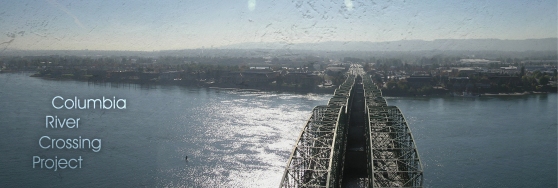Timing and execution are everything. Nowhere is this more evident than in the design and construction phases of a megaproject for a city or state. Many players are involved, and from beginning to end, the devil is in the details. When one person or entity fails to deliver, the ramifications create a ripple effect—one that ultimately can determine whether the entire project lives or dies.
That’s exactly what happened in the sudden demise of the $3.5 billion Columbia River Crossing project. The project (known as CRC) entailed construction of a new bridge, light-rail, and highway interchange to span the Columbia River and connect Portland, Ore., to Vancouver. Those plans officially came to halt in June. While many factors contributed to CRC’s fate, it is worth reviewing how it happened, the players involved, and what could have prevented the project’s demise in the first place.
Engineering News-Record recently did an in-depth article on the troubles plaguing CRC in its July 15, 2013 issue titled “Columbia Span Plan Falls Apart.” The story suggests a number of reasons behind the collapse of the CRC project, including an ongoing battle over funding between the two states involved (Washington and Oregon), ever-growing costs, intense political wrangling, and contested tolling figures.
Other key issues to the project’s undoing: multiple bridge designs, multiple delays, and multiple changes in project directors over the years.
Hindsight is 20/20, but the real factor triggering the implosion of the CRC project may have more to with leadership—or lack thereof. Megaprojects like the Columbia River Crossing project are destined to suffer without public buy-in and the support of the business community. That didn’t happen in the case of the CRC project, and the end result speaks loud and clear.
Bottom line: the death of the CRC project serves as a critical reminder for all of us in this profession on the importance of effective leadership. Without such leadership, construction efforts on the scope of the CRC project—or any project, for that matter— are that much more likely to meet a similar demise.

